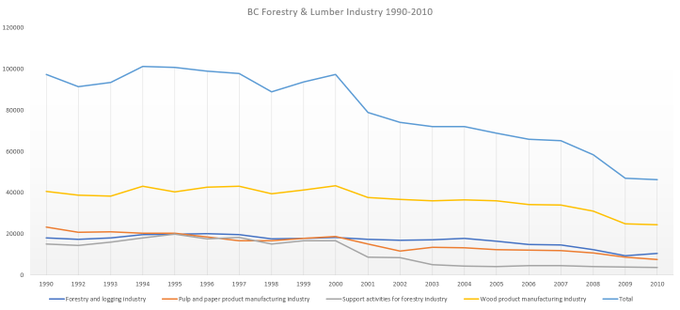This is thoughts inspired by a book review of The Real World of College: What higher education is and what it can be, so take from that what you will.
I empathize with what they’re talking about, and I have to assume that the book itself talks about this, but the shift isn’t a natural result of PSI’s movement. It’s a shift pushed by external factors.
PSE has a few different stakeholder groups. Faculty and Staff, Parents and Students, Government and Board, Alumni and Community, and finally Industry and Professions.
As the authors point out, the Faculty and Staff are pushing for transformational, so lets look elsewhere.
Parents and Students overwhelmingly see PSE as a path to career. And they’re not wrong, it’s a well worn career trajectory that allows for a lot of variation. But in general they see transformational as being a good thing too as long as it helps career. So look outside the class.
Industry and Professions maybe were a push toward transactional 20+ years ago, but now, because the advisors there tend to be the People Who Do The Thing in their areas, they love the transformational aspect of PSE and the transferable skills that come with it.
I hear that in the US Alumni and Community have power over PSIs, maybe that’s good. It tends to be a slightly conservative hold trying to keep the institution looking like it always has. It’s not so much a push to something as an attempt to maintain a status quo.
The Board and Government I think is where this shift happens. Through budget control, mandates, policy/guidance documents, hiring and tenure control, and control of the executive they have a massive amount of power.
When power is used to meet government needs of increased employable people in certain areas to either build that area or decrease the cost of labour in that area (or unfortunately in service of an ideological goal) then it tends to be a strong push toward transactional PSE.
How is that stopped? Well, in a democracy the government and the boards they appoint are supposed to be a reflection of the majority. So the way to change it is to be as public about the transformative nature of PSE as possible, and to be accessible in that.
It’s not helpful if we talk about PSE as a transformative opportunity in a way that people don’t understand. It leads them to thinking that by transformative we mean something opposite to the ability to have a career at the end, or that it’s just academic jargon.
We need to talk about how important a well rounded education with classes in many disciplines is, and how it leads to creative people who can think critically, can communicate with a wide variety of others, and are effective collaborators.
We must push back against people seeing breadth requirements as being underwater basket weaving. Change the narrative about WHY we want students to take classes that aren’t about specific technical skills.
Because if we change the narrative then politicians get more pushback from constituents when they call for removing discussion of race as something that impacts people. It would mean talking heads get seen as being silly when they complain about the worthlessness of college.
Staff and Faculty are already on board. Students and Parents hear the narrative beyond the PSI, but are willing to go for transformational education if it also can be applied practically. Industry and Professions are already agreeing with us.
Alumni and Community, except when they’re harnessed by politicians to score political points, are just a force for the status quo. The only stakeholders who seem to oppose transformative and favour transactional are politicians, so we need to change the narrative.
We change the narrative by making transformational learning something that people understand. PSE tends to speak in technical terms to others who use those same technical terms. How do we explain it to those who don’t know those technical terms? That’s the way forward.
